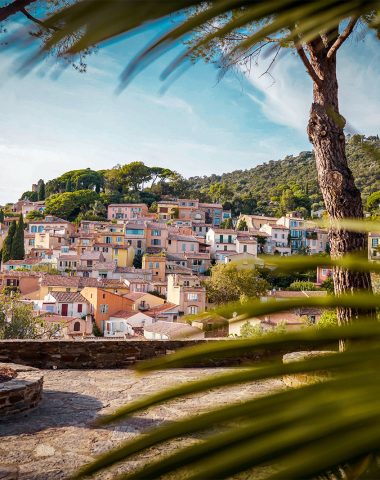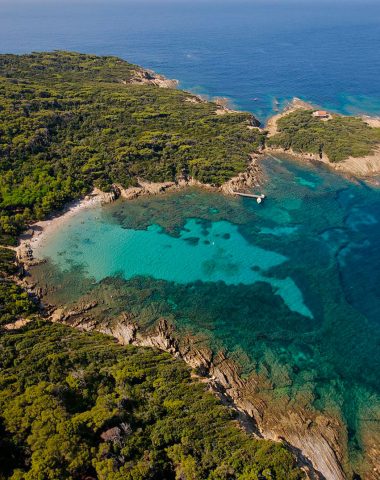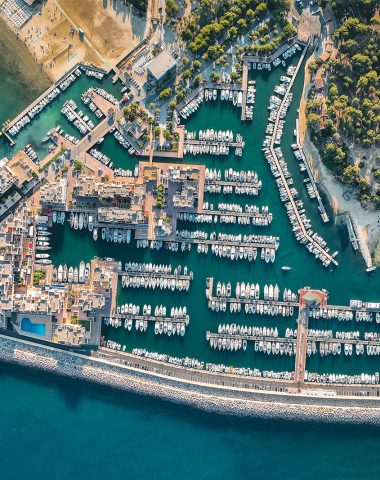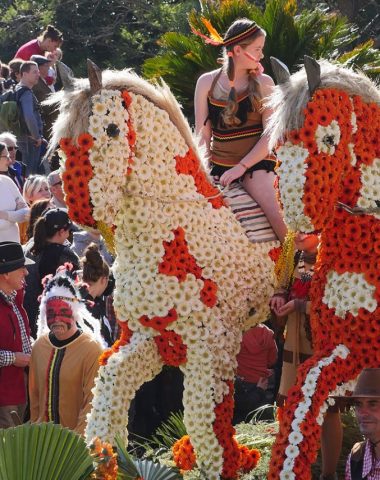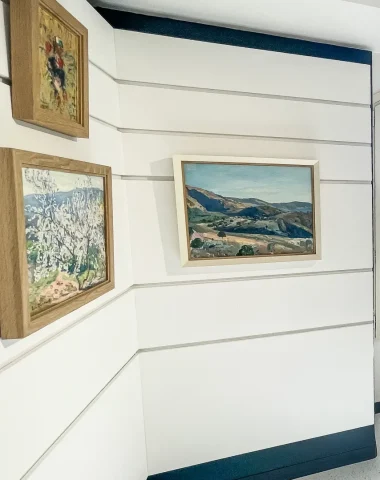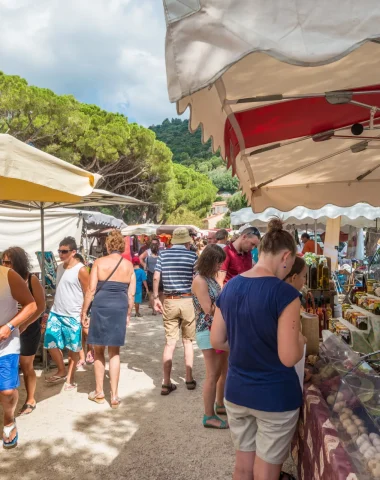Embark on a captivating journey along the Chemin des Sages, a project born from a visionary gathering of the Conseil des Sages, composed of wise individuals aged 60 and above, carefully chosen by local councilors for their wealth of experience. Inspired by the core principles of our Republican motto “Liberté, Égalité, Fraternité,” the council sought to breathe life into these ideals in the town of Bormes.
The Concept Takes Flight
A groundbreaking idea emerged during the council’s meeting—to adorn the town with phrases from renowned men and women, celebrated worldwide for their wisdom and humanism. The goal was to ignite the conscience of both passers-by and tourists, fostering a deeper connection with these universal values. To gain the support of the Mayor and the Council, the decision was made to integrate this pathway with the installation of historical plaques on the town’s iconic monuments. The members of the Conseil des Sages then meticulously designed the route through the medieval village and dedicated themselves to creating the perfect support, texts, images, and symbols for these plaques.

The butterfly, symbolizing joy, beauty, grace, and lightness of being, was chosen as the emblem of the project. Its transformative journey mirrors the essence of personal growth and rebirth. Just like the butterfly, we too experience different stages in life—a profound metamorphosis that allows us to release our past and embrace the beauty of who we’ve become. Symbolizing wisdom, the butterfly becomes a boundless source of inspiration. Beneath its delicate exterior lies an unwavering strength. Despite its ephemeral lifespan of a few days or weeks, the butterfly brings joy and exuberance through its graceful flight, fully savoring every moment that nature presents. Let us, like the butterfly, fearlessly embrace the experiences life offers us, both good and bad, knowing that they are fleeting. After all, our past experiences provide the best preparation for the future, allowing us to tread life’s paths with serenity.
Biography of Jean Jaurès
Founder of the French Socialist Party and the newspaper "L'humanité".
Jean Jaurès, born into a middle-class family in Castres on September 3, 1859, embarked on a brilliant academic journey. His intellectual prowess led him to excel at the École Normale Supérieure, graduating first in 1878, and achieving third place in the agrégation de philosophie in 1881. He further pursued his passion by obtaining a doctorate in philosophy and became a distinguished philosophy teacher at the Lycée d’Albi.
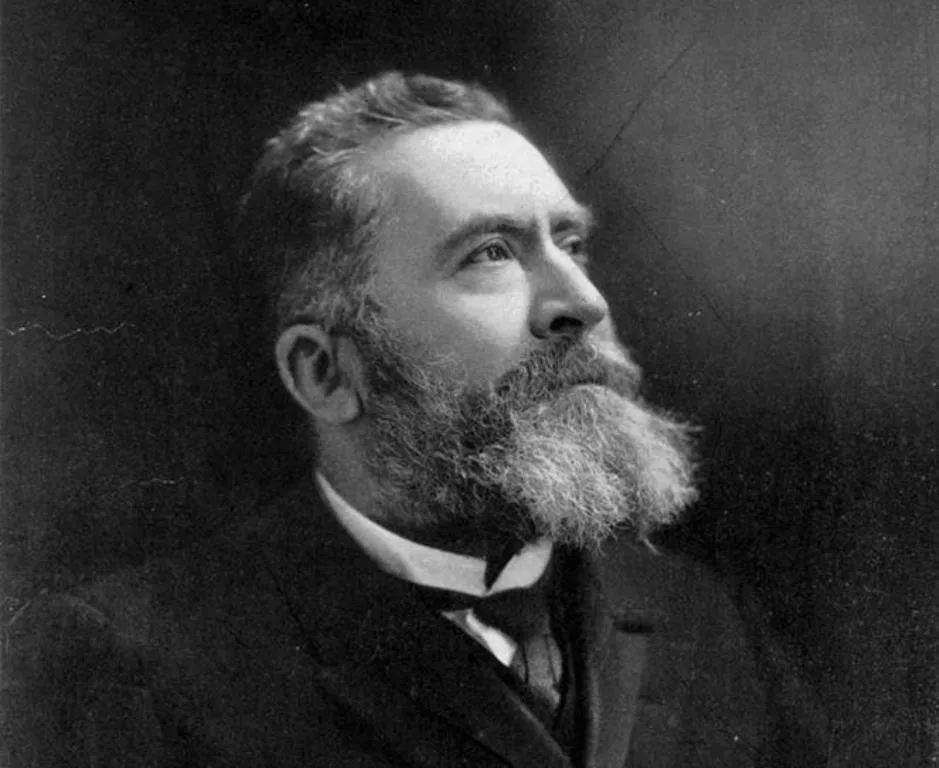
At the young age of 25, Jaurès took his initial steps into the realm of politics. Aligning himself with the Republican camp, he championed Jules Ferry’s secular laws and successfully served as a center-left deputy for Castres from 1885 to 1889. Following this, he returned to the field of education, teaching at the Faculty of Letters in Toulouse. It was during this time that he embarked on writing his monumental work, the Histoire Socialiste de la Révolution Française. In 1890, he expanded his engagement in politics by assuming the position of deputy mayor in the Toulouse city council.
In 1892, during the Carmaux mine strike, Jaurès underwent a transformative experience that solidified his commitment to socialism. In 1902, he founded the French Socialist Party and secured a deputy seat in Carmaux with workers’ unwavering support. In 1905, he played a key role in merging the two French socialist parties, forming the S.F.I.O. (Section Française de l’Internationale Ouvrière). Jaurès tirelessly worked towards fostering workers’ unity, strengthening ties with the C.G.T., and facilitating dialogue between political parties.
On the eve of the First World War, Jaurès remained a vocal advocate for peace. Together with the Workers’ International, he formulated plans for a general strike in the event of war. His staunch pacifism, however, made him an unpopular figure, particularly among nationalists. His unwavering desire for reconciliation among nations was perceived as a betrayal by his adversaries. Tragically, calls for his murder were answered on July 31, 1914, when an ultra-nationalist named Raoul Villain assassinated him at the Café du Croissant in Paris. Villain justified his heinous act by declaring Jaurès an “enemy of his country.” Three days later, Germany declared war on France, marking the onset of the Great War. At Jaurès’ funeral on August 4, Léon Jouhaux, Secretary of the CGT, expressed a haunting premonition: “Victim of your ardent love for humanity, your eyes shall not witness the red glare of the fires, nor the hideous heap of corpses strewn by bullets on the ground…” In the aftermath of the war, on March 29, 1919, and amidst a climate of fervent nationalism, Jaurès’ murderer was acquitted. A decade after his tragic death, his ashes were enshrined in the Panthéon, alongside the great figures of the nation, forever honoring his indelible contribution.
The château of the Lords of Fos
Perched on a slender plateau overlooking the village, the plain, and the sparkling sea, the Château de Bormes stands as a haunting sight. Its weathered buildings, resembling fragments of a forgotten era, exude an eerie allure. While the exact date of its construction remains shrouded in mystery, this feudal castle, transformed into a convent, stood proudly until 1792. However, the tides of time brought forth a new purpose as it served as barracks for patriotic volunteers enlisting in the Republican armies, signaling the beginning of its gradual decline. Though the castle/convent may not boast significant historical or archaeological significance, its picturesque charm is undeniably captivating. The convent’s peculiarly jagged silhouette against the backdrop of the plain or the village adds to the enchanting beauty of Bormes.
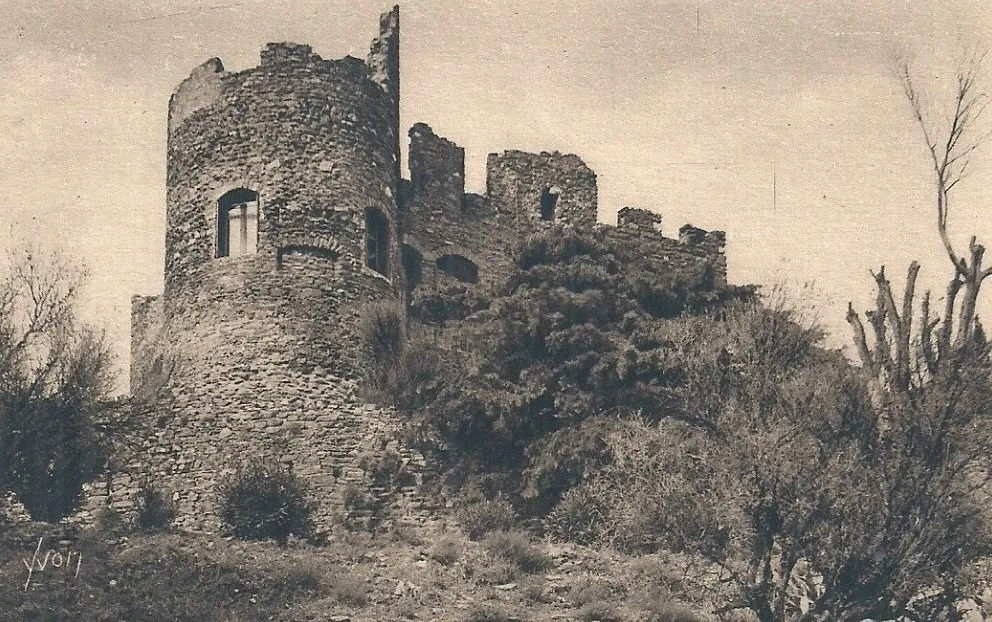
The seigneury of Bormes encompassed not only the château but also the village, woodlands, and fertile farmlands. The land was divided into two distinct parts: the “reserve,” cultivated by serfs for the seigneur, and the “tenures,” rented out to peasants within the seigneury. Strategically positioned atop elevated terrain, the castle stood as a sentinel, guarding over the land and asserting the lofty social status of its inhabitants. Its rich history can be traced back to 1257 when Roger de Fos established his residence there.
Throughout the centuries, numerous lords succeeded one another within its ancient walls until the tumultuous era of the French Revolution. Following the revolution, the convent was put up for auction and acquired by Donat Crest. In 1850, François-Philemon Giraud became the owner of the ruins and undertook the construction of a chapel. Over time, the castle changed hands several times, eventually leading to its classification as a natural site and monument in 1926, followed by its designation as a historic monument in 1931. Through the ages, it bore witness to the ebb and flow of different families, each leaving their mark upon its timeworn stones.
Once, the château harbored a chapel, a sacred sanctuary for devout worshippers before the construction of Saint-Trophyme church in the village. However, the chapel eventually succumbed to the ravages of time, making way for the grandeur of the new parish church dedicated to Saint-Trophyme. Designed in a Romanesque style, this architectural gem has the capacity to accommodate approximately 1,600 faithful souls who gather to seek solace and inspiration within its hallowed walls.

To experience the full splendor of the Chemin des Sages and delve deeper into the fascinating stories that unfold along this path, we invite you to explore the Baludik app.
Scan the QR code and embark on an interactive journey filled with games, surprises, and a deeper connection to the rich heritage of Bormes.


